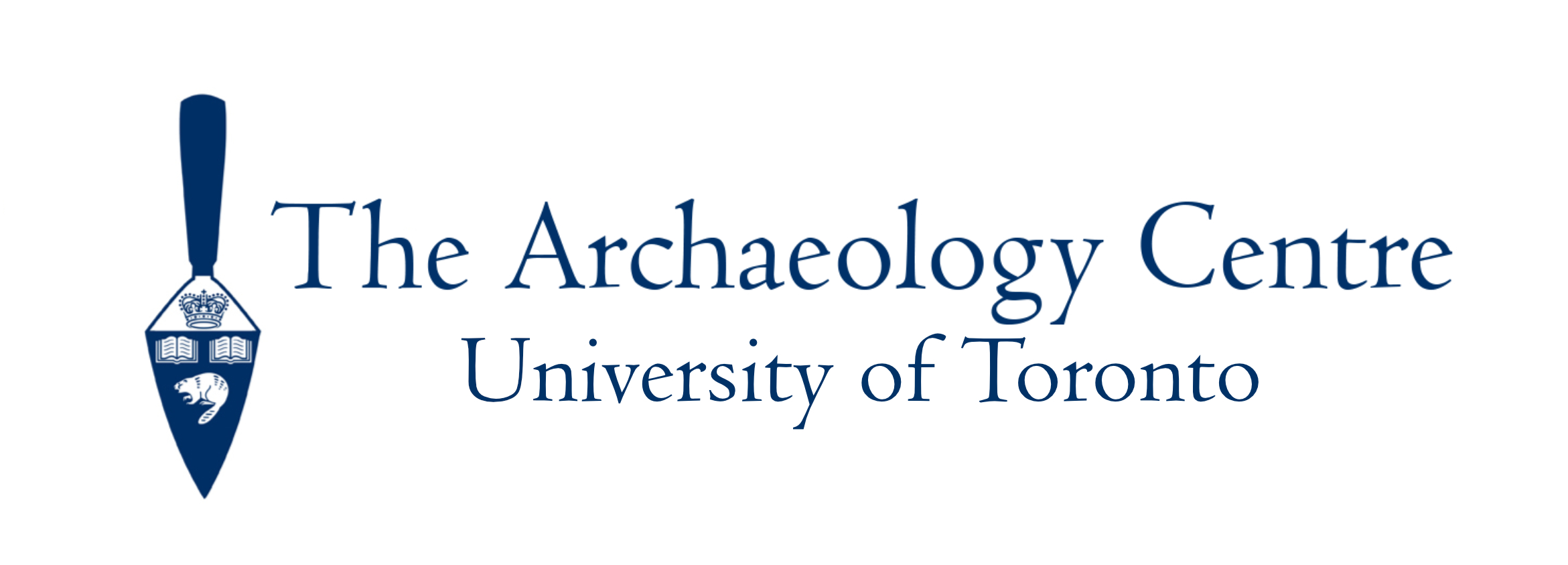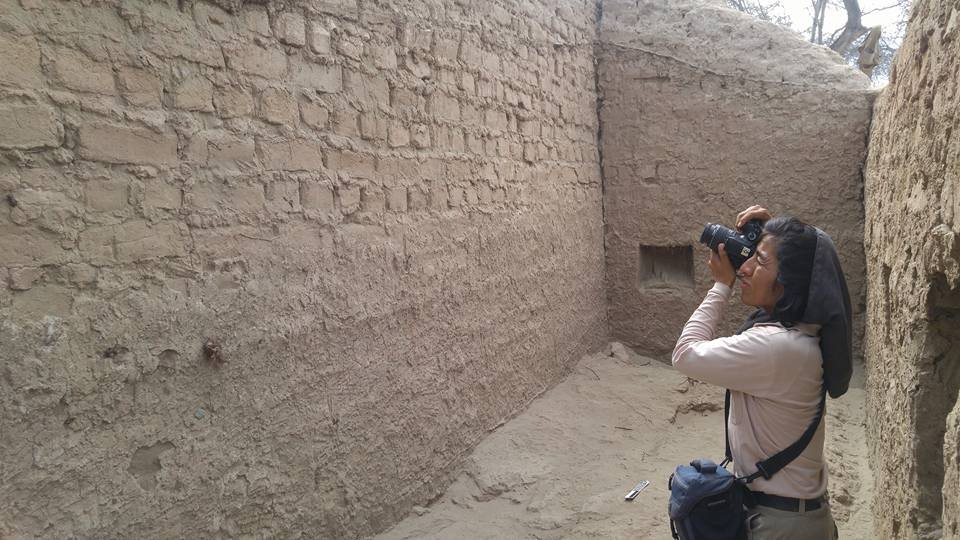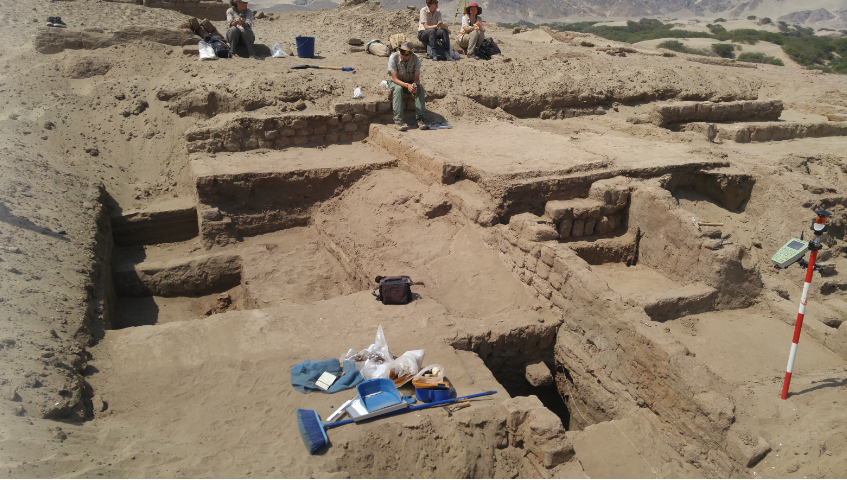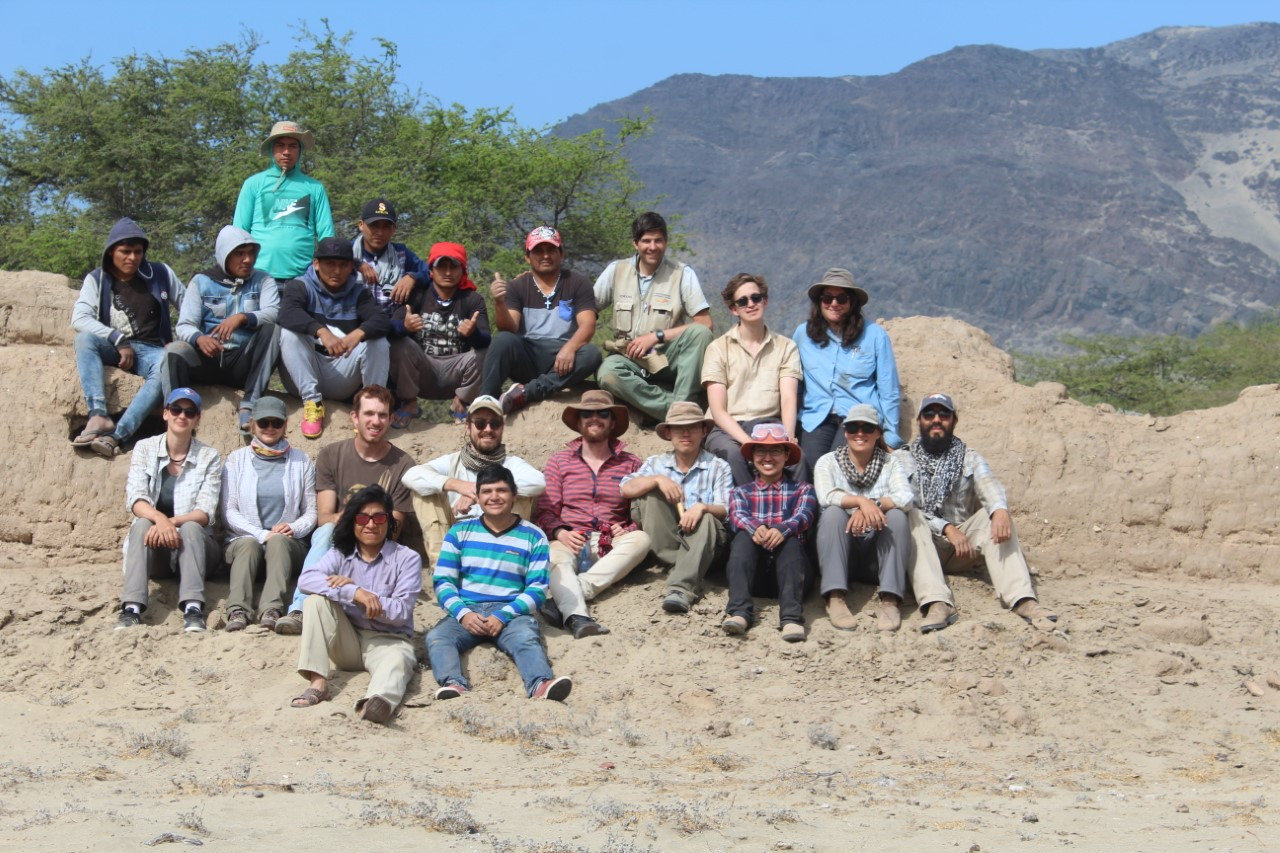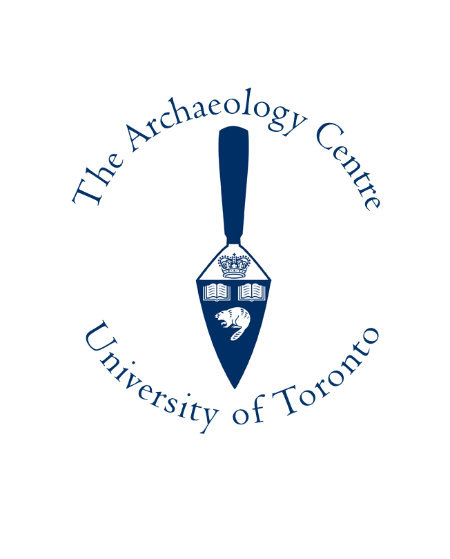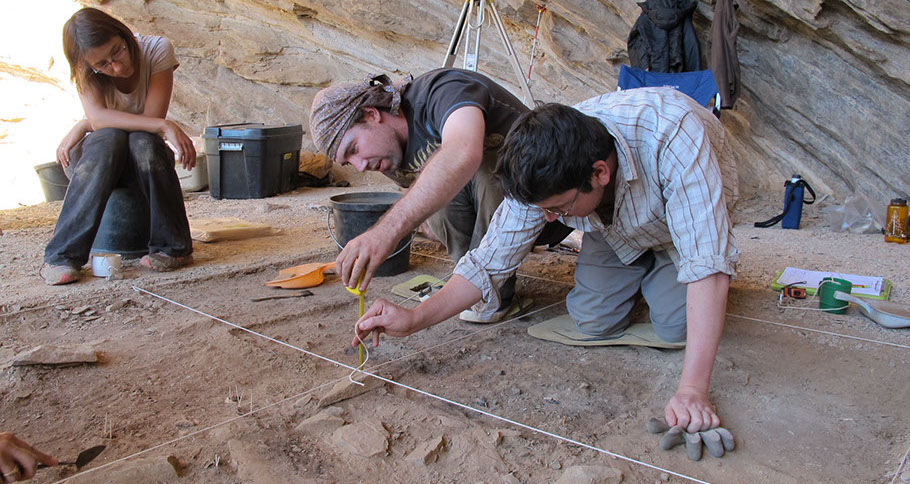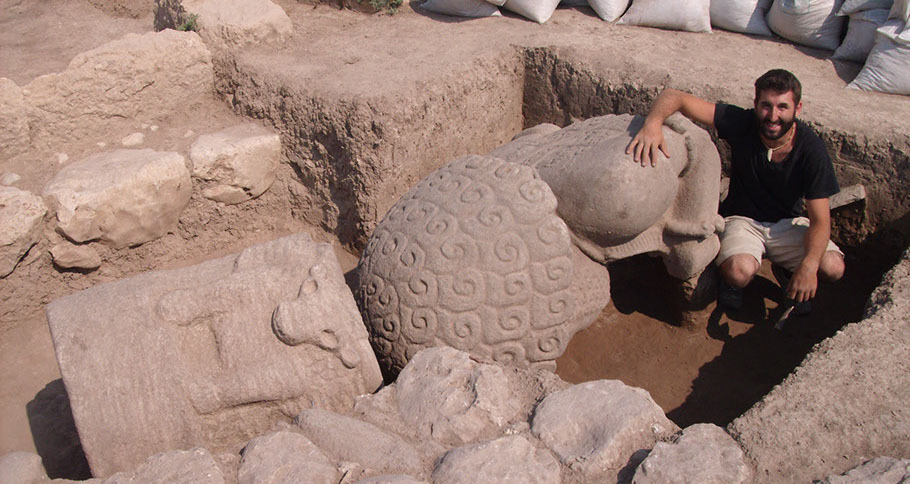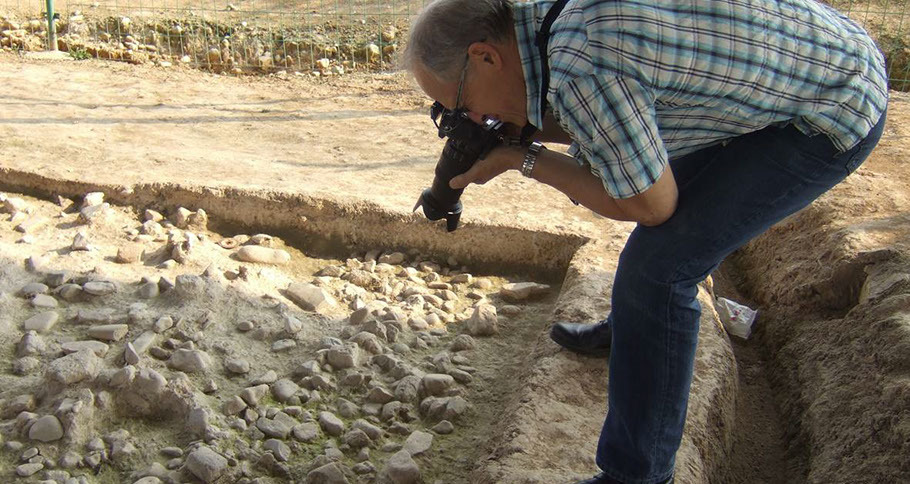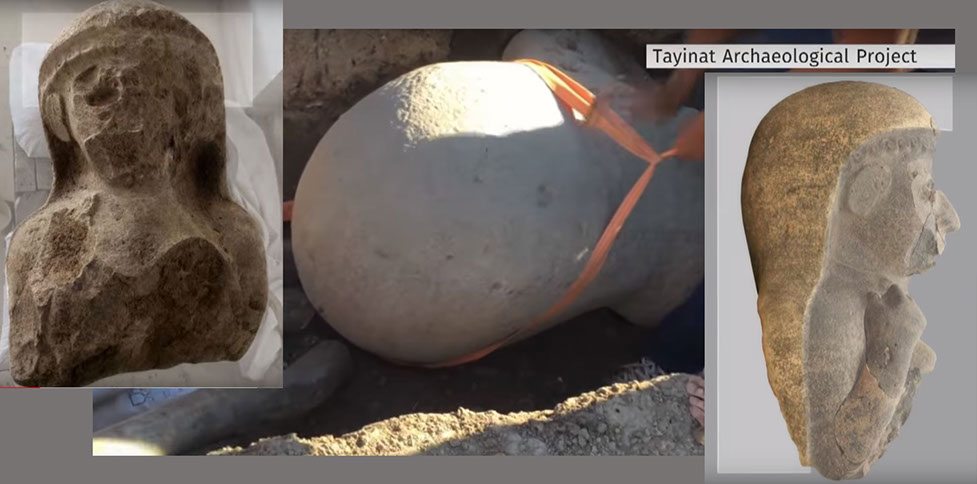About the Archaeology Centre
The Archaeology Centre is a community that brings archaeologists and people interested in archaeology together across the University of Toronto and beyond. We aim to provide a centralized hub of information about opportunities (e.g., field schools, scholarships, etc.) and events (e.g., lectures, interest groups, symposia, etc.) related to archaeology. We are not an academic unit at the university and do not offer courses for credit or degree programs. Please do not email the Archaeology Centre with questions about degree requirements. If you are interested in academically pursuing archaeology at the University of Toronto, please see the following departments for more information and contacts, as well as UofT’s Mediterranean Archaeology Collaborative Specialization (MACS):
- Department of Anthropology
- Department of Art History
- Department of Classics
- Department of Near & Middle Eastern Civilizations
- Department of Earth Sciences
Regular Interest Groups
The Faunal Interest Group
The group has convened by-weekly (times TBA; in the Archaeology Centre boardroom AP140 at 19 Ursula Franklin Street) since September 2007. The group discusses new and old issues of zoo archaeological method and theory. For more information, please contact Moses Akogun at moses.akogun@mail.utoronto.ca.
Next meeting: Friday October 31, 12:00 PM Eastern Time (US and Canada). Venue: AP140 (Arch Center Board Room), Department of Anthropology. Zoom Meeting ID: 832 0926 3486 https://utoronto.zoom.us/j/83209263486. Article: Raymond, P., Ruebens, K., Bray, F., Castel, J.-C., Morin, E., Le Brun-Ricalens, F., Bordes, J.-G., Rolando, C. and Hublin, J.-J. (2025), Using MALDI-FTICR Mass Spectrometry to Enhance ZooMS Identifications of Pleistocene Bone Fragments Showing Variable Collagen Preservation. Rapid Commun Mass Spectrom e10019.
The Collections Interest Group
Join the Collections Interest Group and discuss a wide array of topics regarding the care, preservation, and public education of artifacts and histories in a collections setting. Whether you are interested in a career in the museum world, plan on interacting with collections in some capacity, or simply find an interest in the curation and preservation of histories, this group is for you. Topics of discussion look to explore the relationship between ‘the institution’ which houses objects and the communities which interact with its stories, the role of ever-evolving technology in a collections/museum setting, and sustainable collections management that serves present, past, and future generations. Interested? Please contact Savanna for more information (s.buehlmanbarbeau@mail.utoronto.ca).
Next meeting: TBD
NEW – Archaeobotany & Environmental Archaeology Interest Group
Archaeobotany & Environmental Archaeology Interest Group
Are you interested in how people in the past engaged with plants, landscapes, and climate? Join the new Archaeobotany & Environmental Archaeology Interest Group at U of T!
This graduate-led group provides a space for discussion, collaboration, and curiosity-driven exploration of the intersections between plants, foodways, people, and environments in the past. We’ll focus on themes such as:
- Human–environment interactions in deep time
- Climate change and resilience in past societies
- Cuisine, diet, and the cultural significance of plants
- Methods and theories in environmental archaeology
Whether your background is in archaeology, anthropology, ecology, history, or related fields, this is a chance to share ideas, workshop projects, and build connections with others who care about reconstructing the lived experiences of past communities through their relationships with plants and landscapes. Come be part of shaping a vibrant intellectual community where we put people back into the past by exploring their environmental choices and legacies. Please email Lachlan Kyle-Robinson (lachlan.kylerobinson@mail.utoronto.ca) with any questions.
Next Meeting: TBD
November Talks
The Mediterranean Archaeology Collaborative Specialization (MACS) and the Archaeology Centre present: “Making Gods: New Evidence for the Ecologies of Resource Exchange and Sacred Craft in Early Italy,” by Dr. John Hopkins (Associate Professor, NYU Archaeology Hub). Thursday November 6th at 4pm in room LI 205 (Lillian Massey building).

November Talks
The Archaeology Centre presents: Friday, November 7th 2025 at 4:00 pm in AP140. “GETE ANISHINAABE IZHICHIGEWIN (ANCIENT ANISHINAABE LIFEWAYS): COLLABORATIVE INDIGENOUS ARCHAEOLOGY AT RED CLIFF, WI,” by John Creese (Vettoretto Curator of North American Archaeology Royal Ontario Museum). The Gete Anishinaabe Izhichigewin Community Archaeological project (GAICAP) is an initiative of the Red Cliff Band of Lake Superior Chippewa (WI) in collaboration with academics and tribal historic preservation professionals. The project, an outgrowth of Red Cliff’s Land Back and cultural revitalization initiatives and an expression of its sovereignty, foregrounds Anishinaabe ethics and epistemology, while integrating Indigenous and western ways of knowing. Research priorities are set by the tribal historic preservation office and emphasize understanding (1) deep-time relationships between the land and the community; and (2) countering colonial narratives of rupture and loss. The results are holistic and integrated place-based understandings of the past that emphasize relationships, interconnections, and Indigenous presence on the land across time, space, and generations.

November Talks
Hooker Distinguished Visiting Professor Lecture: “Stonehenge – Explore the Mystery,” by Dr. Mike Parker Pearson (University College London). Thursday, Nov. 13th 2025, at 6:30-9:00 pm, in the HPL Central Branch (4th floor). See poster attached for registration link. In the last two decades research on Stonehenge has revolutionised our understanding of this iconic stone circle and its builders. Archaeological excavations and a remarkable range of scientific methods have cast light on many new aspects of when, how and why Stonehenge was built. With many of Stonehenge’s stones now known to have been brought hundreds of kilometres from northern Scotland and west Wales, it is becoming apparent that the monument’s purpose may have been connected with the forging of long-distance links across Britain.

